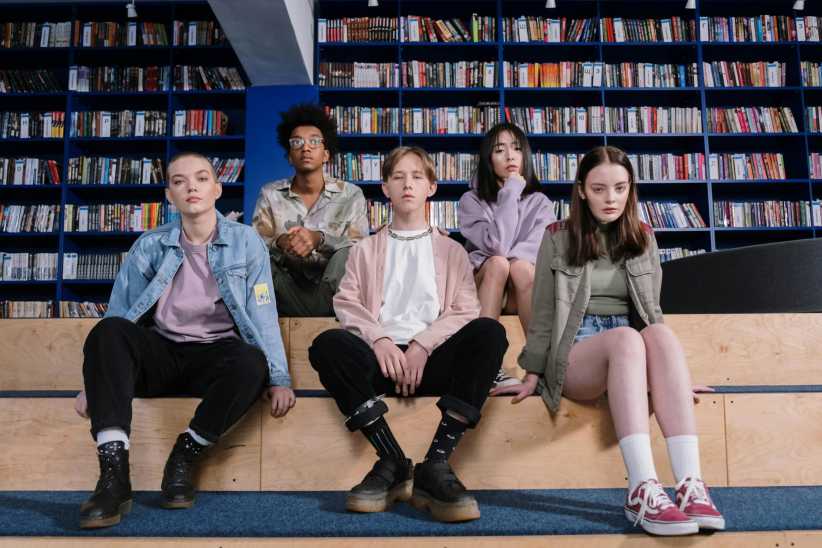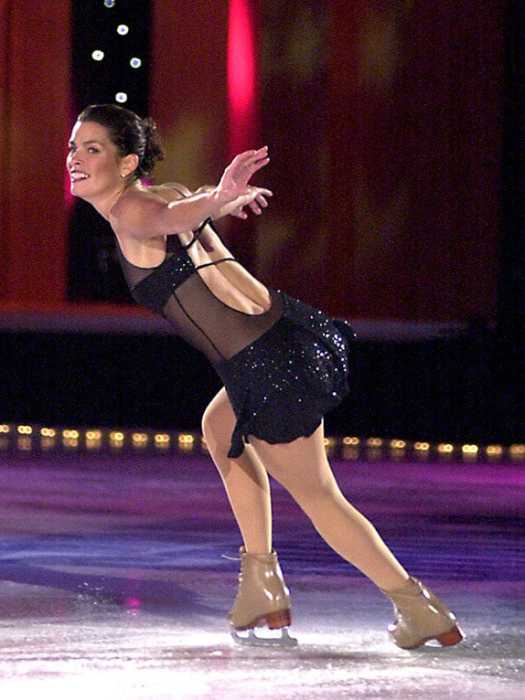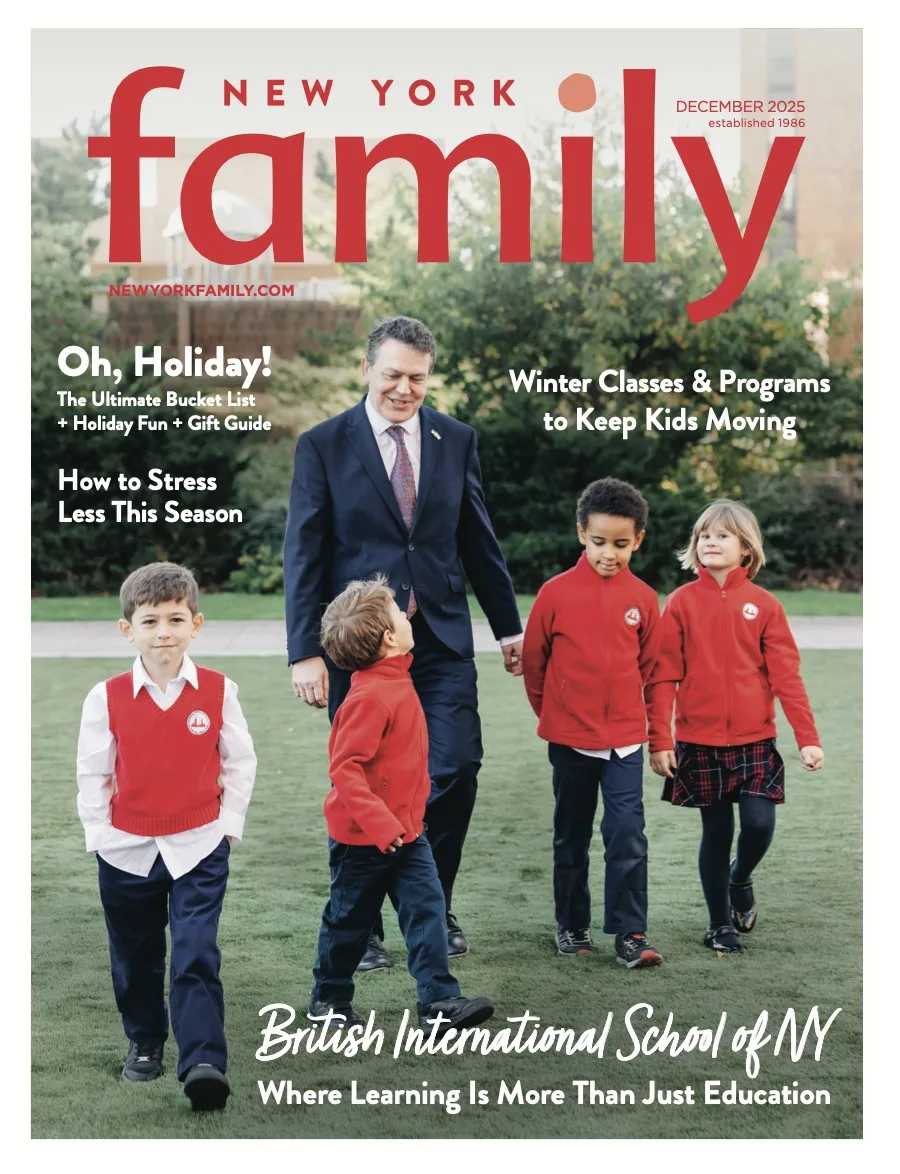[Editor’s note: Victoria Goldman has recently published the 7th edition of The Manhattan Family Guide to Private Schools and Selective Public Schools; we thought parents would enjoy hearing the advice she shared at this past fall’s CS Talks.]
Victoria Goldman, admissions expert and author of The Manhattan Family Guide to Private Schools and The Manhattan Directory to Private Nursery Schools was joined by her consulting partner, Maura Wollner, this past November at CS Talks—the first-ever event series organized by Corcoran Sunshine, and hosted across twelve of the real estate giant’s blue chip properties.
Goldman’s talk, “Getting In,” showcased the property at 20 East End Avenue and 80th Street, an incredible building that is intimate yet stately, with 43 two- to six-bedroom condominium residences including three duplex townhomes and two stunning penthouses, plus unique and elegant common areas. Every detail has been carefully and thoughtfully considered.
The same can be said about Goldman’s insights regarding the landscape of New York City’s school choices, outlined below.
Decisions, Decisions, Decisions: Public or Private
- The National Association of Independent Schools cites the reason people choose private over public is the small enrollment numbers, which means more individualized attention due to a smaller student/teacher ratio. After that, its facilities, special programs for the arts and certain science labs, trips and, of course, a pre-selected, admissions’ vetted parent body.
- Tuition for private school rises at a rate of 6 to 8 percent each year.
- For a long time, the assumption was that parents across Fifth, Madison, and Park would automatically choose private education, but in recent years there has been serious interest in public school options.
Going Private
- The Upper East Side boasts the bulk of New York City’s private schools.
- However, Riverdale is home to three infinitely popular schools: Riverdale Country School, Ethical Culture Fieldston School and Horace Mann School, which has a nursery division on the Upper East Side.
- The six top-tier accelerated schools are The Brearley School, Collegiate School, The Dalton School, Trinity School, St. Ann’s School, and Horace Mann School.
Finding Religion
Many parents want schools with a religious component – at least for lower school – mostly because they themselves had a parochial education.
- In the Jewish arena, the schools are mostly co-ed. The most popular ones are The Ramaz School and Park East Day School on the Upper East Side; Rodeph Sholom School and The Abraham Joshua Heschel School on the Upper West Side.
- There are at least a dozen nursery schools for Jewish children that are affiliated with a temple. In most cases, you need to join that religious institution in order to go to the school.
- This goes for Christians as well. For example, Brick Church favors their membership when it comes to admissions.
- There are a myriad of Catholic and other Christian day schools, with the caveat being that most are single sex. For girls, there are seven on the Upper East Side, including The Brearly School and The Chapin School. There are five boys’ schools, including Regis, which is considered the brass ring. Its West Side equivalent is Collegiate School, which is opening a new building by Lincoln Center.
Going Public
The discussion focused on District 2, which is one of the highest performing districts in the city. It covers the East Side south of 97th Street, but not the Lower East Side, and the West Side south of 59th street. FYI: The DOE is currently re-zoning the schools. (The West Village was re-zoned last year, and the Upper West Side is being re-zoned this year.)
- Parents need to stay on top of what’s going on at their local public school in order to get a spot.
- Each year, the City of New York sets a date for when students must be registered. Preference is given in pre-K or Kindergarten to siblings. There’s no guarantee that a specific address will get you a spot in a school, but the likelihood is definitely there.
- Current New York City residents, who can prove they paid income tax here the previous year, can have their students participate in standardized testing for Gifted & Talented programs at Lower Lab School, Hunter College Elementary, or Anderson.
- For Hunter College Elementary, students must be Manhattan residents; Hunter College High School accepts students from any of the five boroughs.
- Middle school, which is Grades 6-8, is the slipperiest slope in the public school chain, with schools that range from 700 to 1400 students.
- Hunter (which admits middle school children in 7th grade) and Anderson are considered the jewels in the crown, followed by the impressive East Side Middle School, New York City Lab for Collaborative Studies, and Salk. Simon Baruch Middle School, and Robert F. Wagner Middle School, are big schools that are also quite impressive and popular.
- High Schools that require a standardized test are the prestigious Stuyvesant High School, The Bronx High School of Science, and Brooklyn Technical High School.
- Eleanor Roosevelt High School, ranked #17, is one of the best schools in the state.
- For children with special needs, there’s a Family Welcome Center at 333 7th Avenue, where students can be evaluated—something the city does a good job with.

East Side, West Side, and All Around Town
- New York City has the most educational options of anywhere in the world.
- Contrary to popular belief, Upper East Side families are less interested in homogeneity and favor diversity; hence they are open to different areas of the city – except for nursery school.
- For the little ones, it’s good to be in your own neighborhood.
- Once kids hit Kindergarten, parents are ready to let them go elsewhere.
- Ethical Culture’s Upper West Side location on Central Park West is very popular with Upper East Side families.
- Outer borough schools are easily accessible. In fact, in the same amount of time it takes to walk to an Upper East Side school, students can get to Riverdale via school bus, as well as to Brooklyn Heights for Saint Ann’s School, another top notch school.
- The midtown, downtown, and Brooklyn options have had increased interest from Upper East Side families. The reasons: Top education, one-to-one attention paid to students, many special programs, plus a more mixed demographic.
For Families New to New York
The natural points of entry for private schools are nursery, Kindergarten, and grades 6 and 9; however, this does not always coincide with a family’s move to the city. Manhattan schools are vertical (meaning there’s no campus with other buildings/extra classrooms), so they are full all the time.
- When families relocate here during one of the odd years, they are relying on getting a spot due to attrition, which is 3 percent, and usually because a current family is leaving New York for business reasons.
- Another, but less common, reason for attrition is that students are being counseled out because there was a glitch in the admissions process; the school did not pick up on a learning or behavioral issue that determines the child will not be able to succeed there.
- Schools put relocating families at the top of their waiting lists (over existing NYC families) for admission during those odd years to keep the facility at capacity and because “new blood” is always welcome.
- For current families, transferring to a different school during odd years is difficult, as these institutions don’t like to cannibalize one another. There has to be a really specific reason – other than sheer unhappiness – before a student will be considered during a non-natural point of entry.
Inside Info
- Enrollment is up everywhere.
- However, application levels for uptown schools are down, which Goldman can only deduce is because there are so many more viable options around the city, including for-profit schools.
- People are applying to fewer schools than they used to (10 instead of 15).










